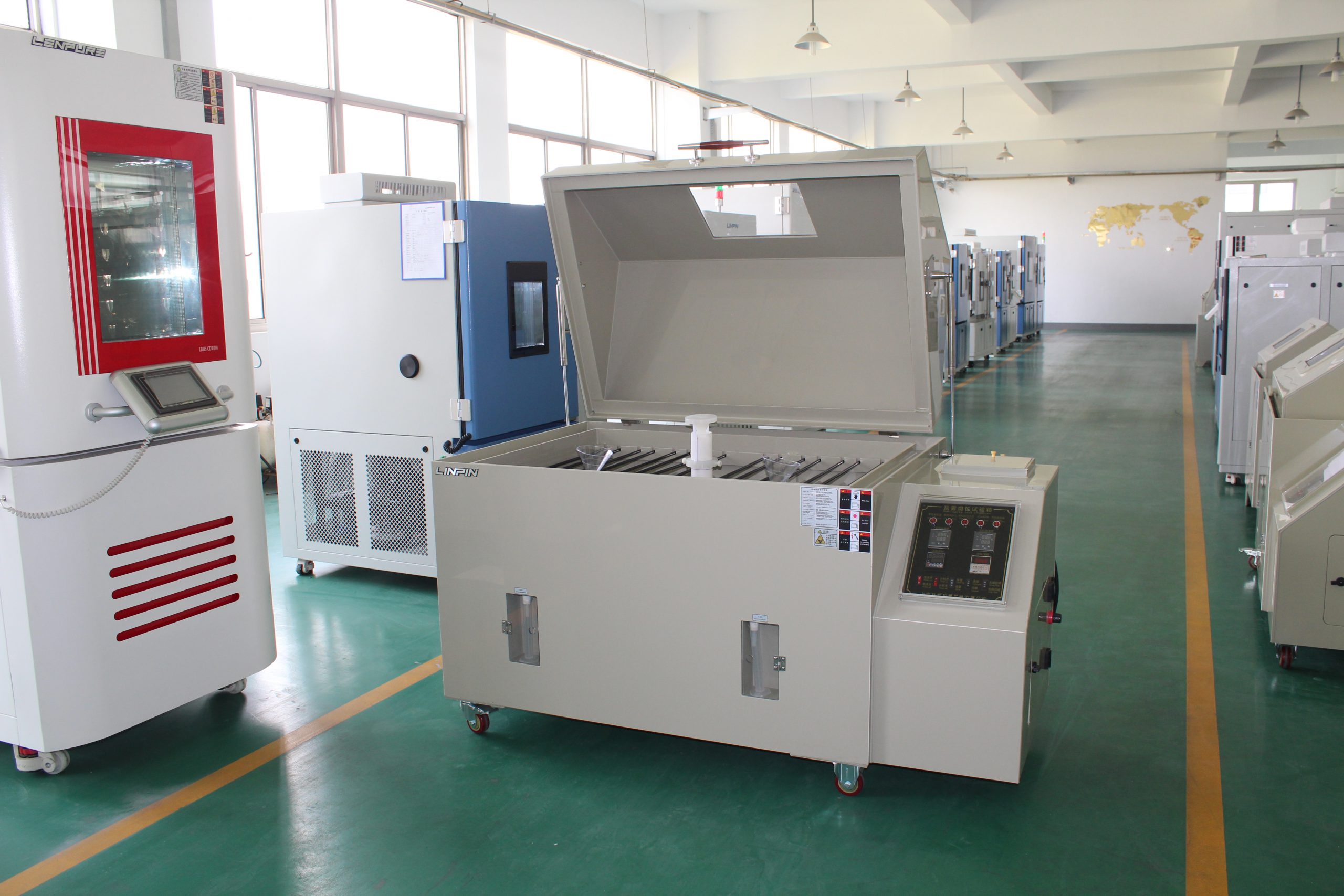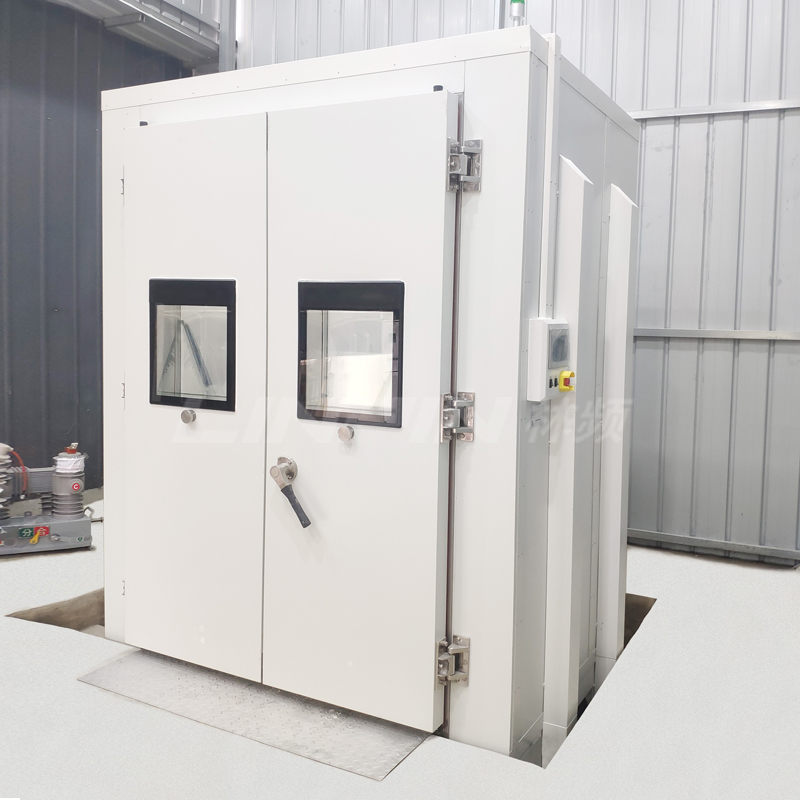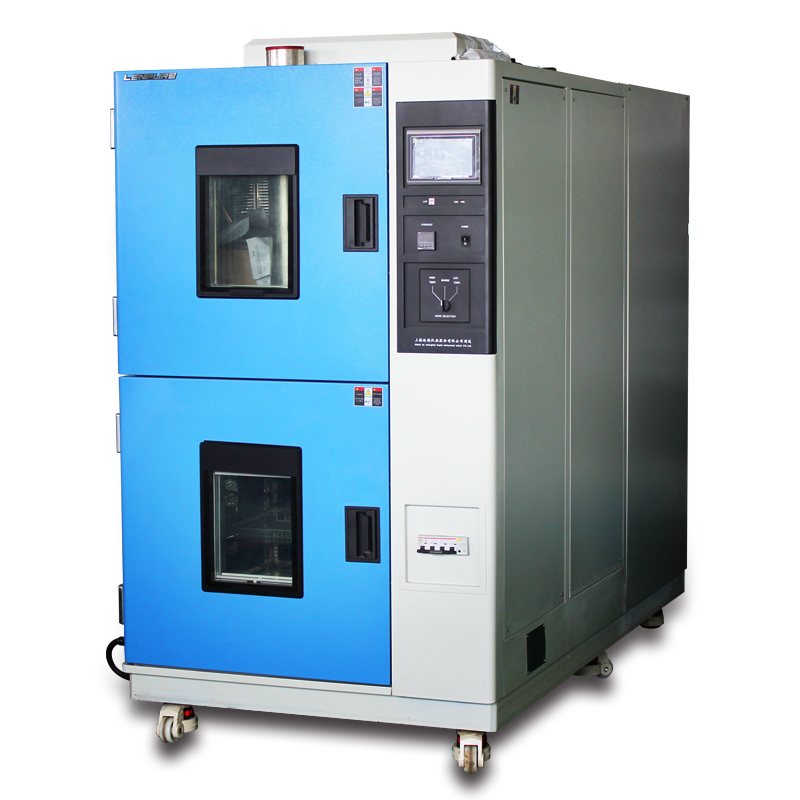How to Reduce the Power Consumption of a Salt Spray Test Chamber?
Author:LINPIN Update Time:2025-08-14 Source:LINPINIn the current context of increasing global environmental awareness, companies need to focus not only on product quality and performance but also on energy consumption during production and testing processes. As a critical piece of equipment for metal corrosion testing, the power consumption of salt spray test chambers is often significant. Effectively reducing their energy usage can not only lower operational costs but also contribute to environmental protection. Below, we will share several methods to minimize the power consumption of salt spray test chambers, helping companies achieve green production while pursuing excellence in quality.
-
Regular Maintenance and Servicing
Conducting regular maintenance and servicing on salt spray test chambers helps improve operational efficiency. Inspect the spray system for proper functioning and ensure good sealing to keep the equipment running optimally. Clean the heater and water tank to prevent dirt buildup, which can lead to energy waste. -
Optimize Testing Procedures
When conducting salt spray tests, rational scheduling of test durations can effectively save electricity. For example, data analysis can be used to optimize test cycles and parameter settings, reducing unnecessary runtime. Establish appropriate testing standards for different materials to avoid prolonged, unnecessary tests.

-
Use High-Efficiency, Energy-Saving Equipment
Choose salt spray test chambers equipped with advanced energy-saving technologies. Modern chambers incorporate intelligent control systems that monitor and adjust energy consumption in real time. For instance, using inverters to regulate fan speed ensures the device operates at minimal power while maintaining peak performance. -
Enhance Insulation Performance
Improving the insulation of salt spray test chambers can significantly reduce energy loss. Applying insulating materials to the exterior shell minimizes heat dissipation, making the equipment more energy-efficient during operation. -
Rational Use of Auxiliary Facilities
During salt spray testing, minimize the use of auxiliary facilities, such as unnecessary lighting and air conditioning. Additionally, schedule operations during off-peak electricity pricing periods to further reduce costs.
Reducing the power consumption of salt spray test chambers is an effective way to conserve resources and protect the environment, reflecting a company’s brand image and social responsibility. In today’s competitive and challenging market, adopting effective energy-saving measures can enhance both economic benefits and environmental sustainability. Let us work together, starting with every small detail, to drive sustainable development in the industry!





